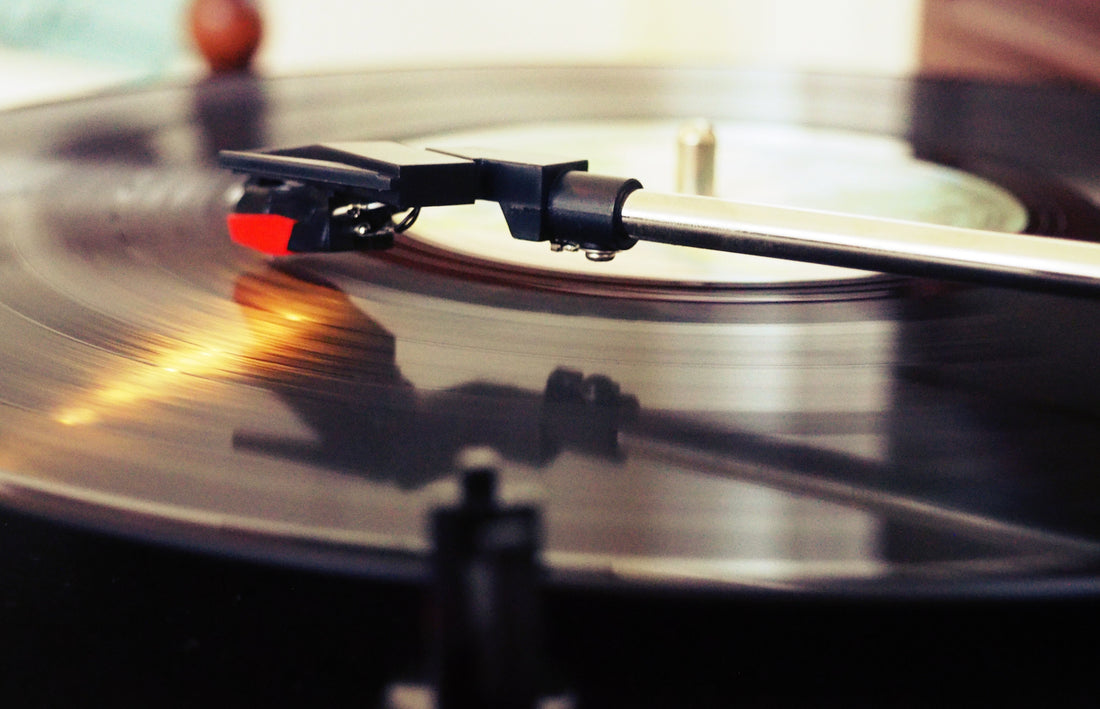Introduction
Choosing the ultimate stylus for your turntable isn't just about matching parts; it's about unlocking the sonic potential of your vinyl collection! The stylus, or the 'needle' as it's commonly known, is your VIP pass from the grooves of your records to the electrifying beats of your sound system.
As the stylus navigates the intricate landscape of the record grooves, it picks up the minute variations encoded in these grooves during the record's creation. These variations represent the original audio signal, now etched into the vinyl as a complex topography of sound.
The stylus, riding these groove walls, vibrates in response to the encoded signal. This mechanical vibration travels up the stylus to the cartridge, where it interacts with either a magnet (in Moving Magnet cartridges) or a coil (in Moving Coil cartridges). In both cases, the end result is the generation of an electrical signal that mirrors the original audio.
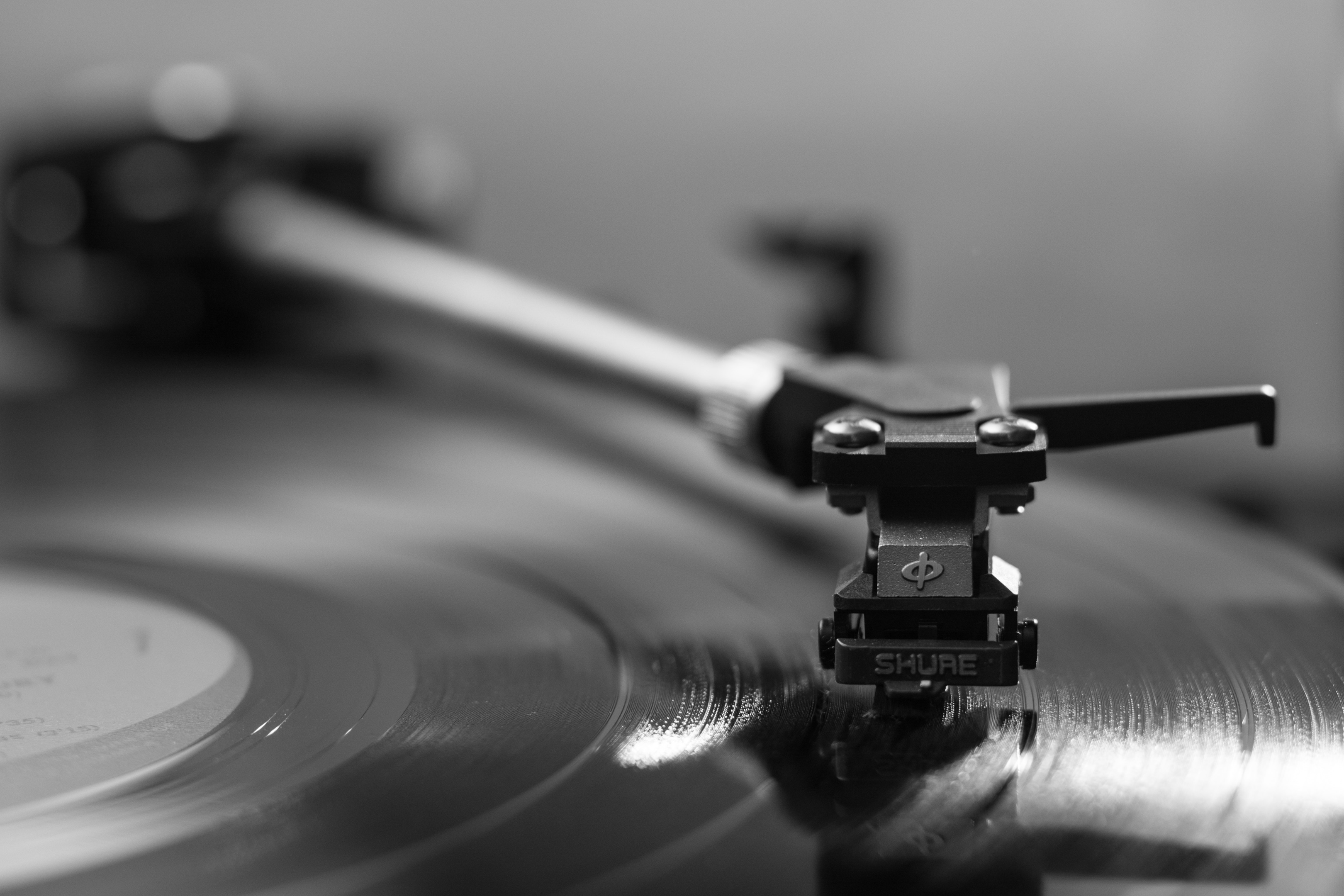
Imagine this: the stylus - that tiny, but mighty hero - dances along the grooves of your record, transforming physical vibrations into an electric signal. This signal is then super-charged and shot straight to your speakers, bringing sweet melodies back to life! The stylus is the star of the show, its precise tracking and faithful signal translation can either make or break the sonic experience. So, remember, a stylus doesn't just play music; it makes magic!
Why Choosing the Right Stylus Matters
Think of choosing a stylus as picking out the perfect outfit for your turntable. You've got shapes galore - from the classic spherical to the sleek elliptical, and even some avant-garde styles. The material - usually a sparkly diamond - and how it's strutting on the cantilever (that's the tiny catwalk it sashays on) can make a world of difference to the sound your turntable belts out. So, choose wisely and let your turntable be the life of the party!
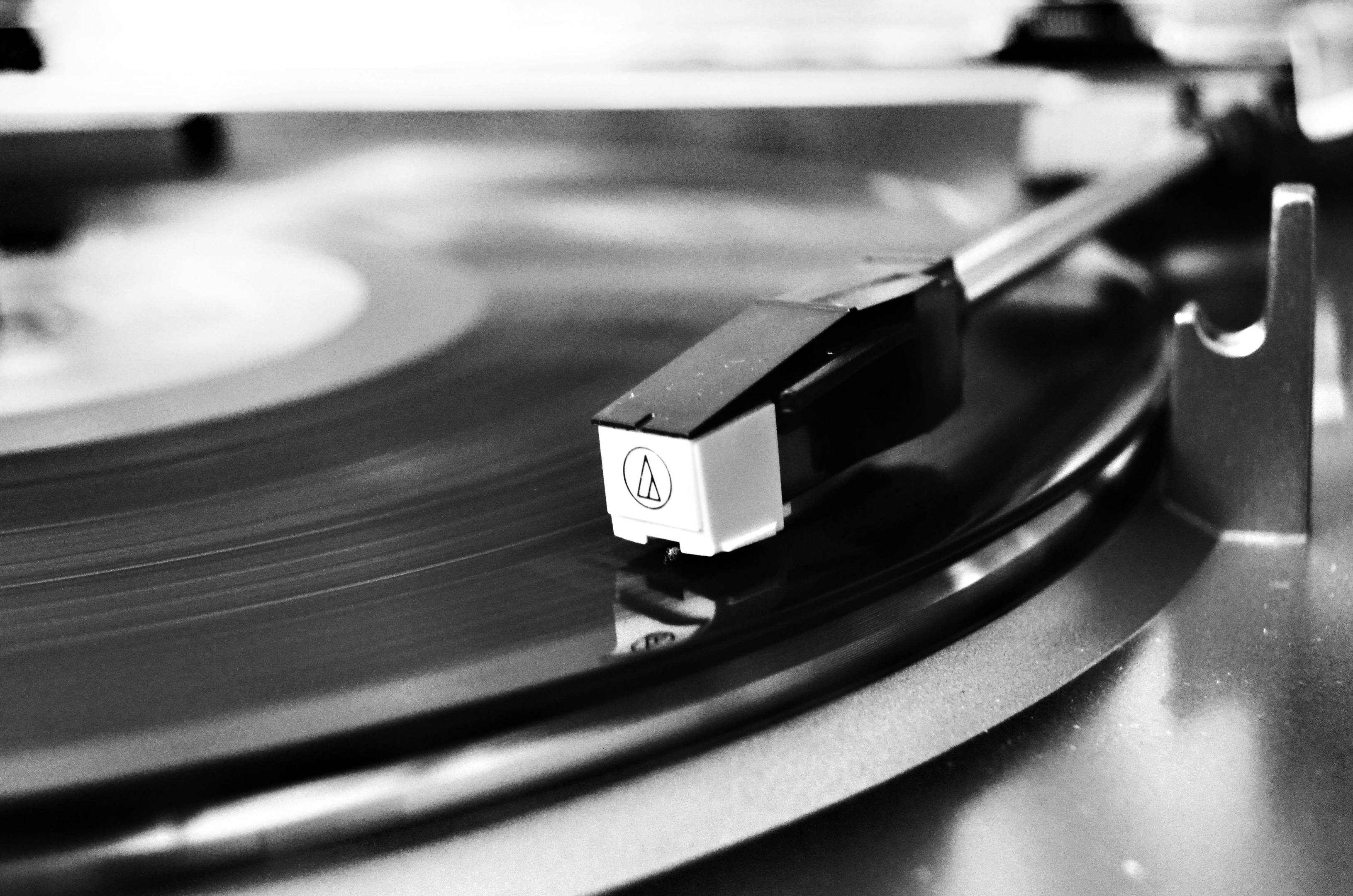
Imagine the stylus as a graceful dancer gliding along the grooves of your record. It needs just the right amount of pressure - the tracking force - to keep it in step! Too much, and you risk wearing down your precious vinyl; too little, and our little dancer might lose its footing, causing skips and a dip in sound quality. So, find the perfect balance and let the music play on!
The Anatomy of a Stylus
A stylus consists of a diamond tip attached to an aluminum cantilever. The diamond tip, which could be spherical or elliptical, traces the record grooves while the cantilever moves the coil or magnet in the cartridge body to generate an electrical signal.
Conical Stylus: An Overview
A conical stylus, made from the most common material, diamond, is widely used due to its durability and low manufacturing cost. Its spherical tip easily tracks the middle of the record grooves, making it less prone to mistracking and record wear.
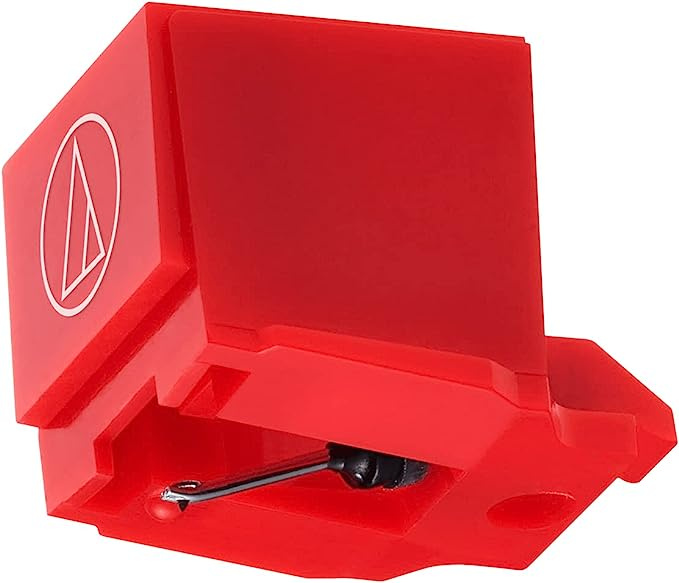
The Sound Quality of a Conical Stylus
While a conical stylus delivers decent sound quality, it may lack precision in tracking higher frequencies compared to an elliptical stylus. However, for most people, the difference might not be noticeable unless you're an audiophile.
Elliptical Styli: An Overview
An elliptical stylus, also known as a cutting stylus, features a diamond tip shaped like an ellipse. This shape allows it to make more contact with the groove walls, accurately tracking high frequencies and enhancing the listening experience.
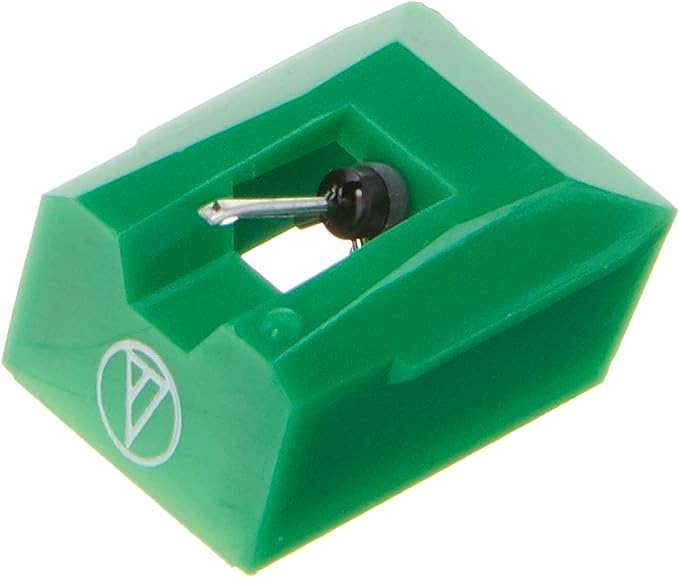
The Sound Quality of an Elliptical Stylus
An elliptical stylus offers superior sound quality by capturing more detail from the record grooves. However, this increased performance comes at the cost of higher record wear if not properly aligned and maintained.
Conical vs. Elliptical Stylus: A Detailed Comparison
While a conical stylus, also known as a spherical stylus, delivers decent sound quality, there are some aspects where it falls short when compared to an elliptical stylus. This primarily lies in their ability to track higher frequencies in the record grooves.
The conical stylus has a rounded tip that resembles a sphere, much like the tip of a ballpoint pen. Because of its shape, a conical stylus traces a relatively wide path along the groove, which allows it to easily track the middle of the record grooves and reduce mistracking.
The downside of this wider contact area is that it may not be able to accurately track the high-frequency modulations at the very edges of the groove, which can result in a loss of detail in the sound reproduction.
On the other hand, an elliptical stylus, also referred to as a bi-radial stylus, has dual radii and makes contact across a larger area of the groove wall. Its shape allows it to fit more snugly into the groove, enabling it to read more of the groove's information, including those high-frequency modulations that a conical stylus might miss.
An elliptical stylus tends to reproduce a more detailed and precise sound, particularly noticeable in the high-frequency range.
Unless you're an audiophile with a discerning ear, the difference in sound quality between a conical and elliptical stylus might not be readily noticeable. For most casual listeners, a conical stylus can deliver a satisfactory listening experience, offering a warm and rich sound.
Conical styli tend to be more forgiving of imperfections in the vinyl, making them a good choice for playing older or slightly worn records.
If you're seeking a superior listening experience and are willing to invest in maintaining your record collection in good condition, an elliptical stylus could be a worthwhile upgrade. It's worth noting that due to the increased precision, elliptical styli require more careful alignment and may cause more wear on records if not properly set up and maintained.
While a conical stylus offers decent sound quality and durability at an affordable price, an elliptical stylus can provide a more nuanced and detailed sound reproduction, particularly in the higher frequencies.
The choice between the two ultimately depends on your personal listening preferences, budget, and the condition of your record collection.
Understanding Record Grooves
Record grooves are like the secret music highways etched onto your vinyl, holding the keys to the music kingdom. If you were to peek at these grooves under a microscope - voila! They're not just simple lines, but intricate labyrinths with peaks and troughs. These mesmerizing patterns are actually sonic fingerprints, capturing every beat, every note, and every nuance of your favorite tunes!
The shape and condition of these grooves play a pivotal role in sound quality. Each groove is V-shaped, and each side of the groove wall carries one channel of the stereo signal. As the stylus navigates these grooves, it vibrates due to the changing contours of the groove walls. These vibrations are then converted into electrical signals that can be amplified and played through speakers.
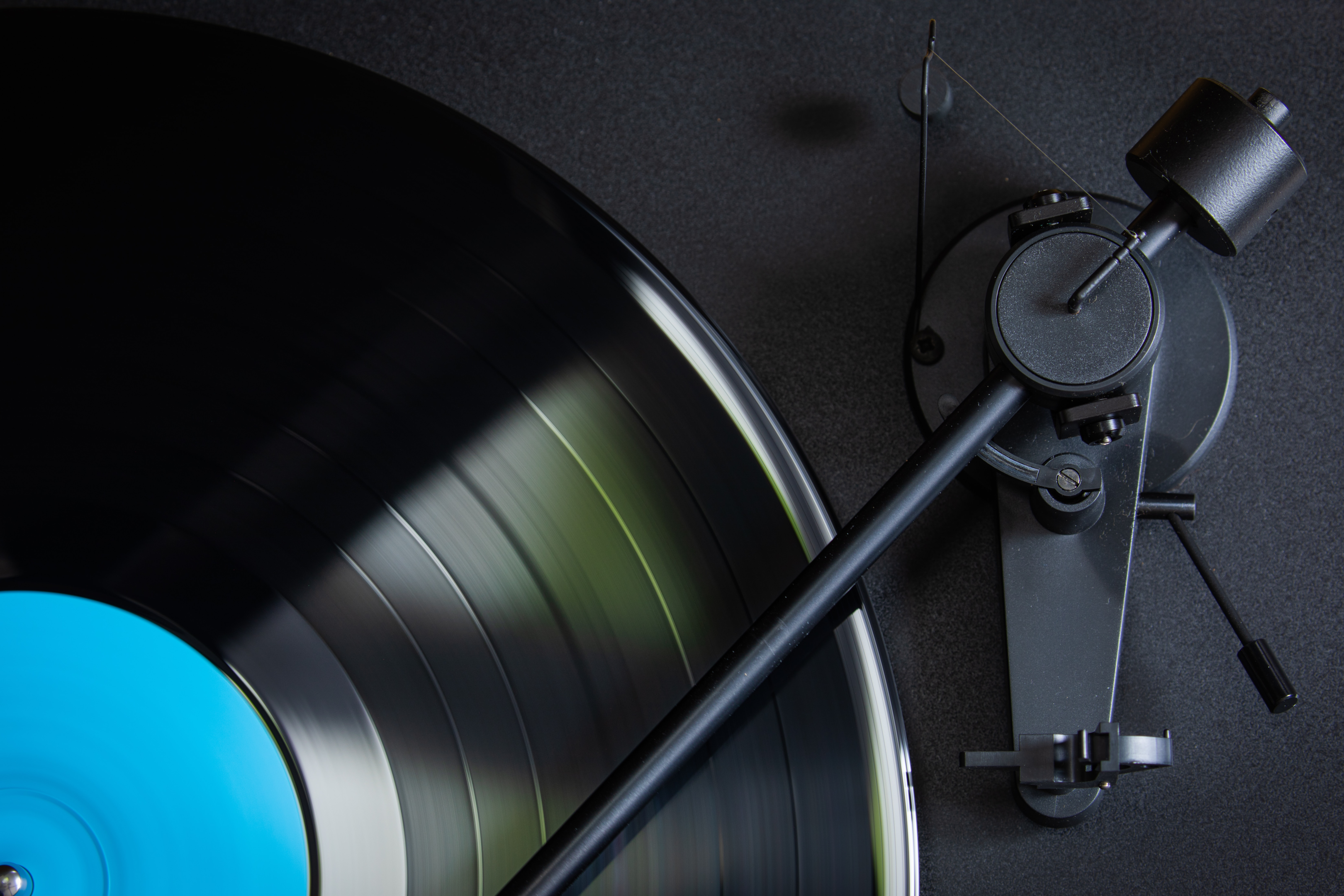
The stylus's ability to accurately trace these grooves and capture the encoded information is crucial for sound reproduction. Different stylus shapes interact differently with the groove walls. For example, a conical stylus, with its spherical tip, makes contact with a smaller area of the groove, making it less prone to mistracking but potentially missing some of the finer details.
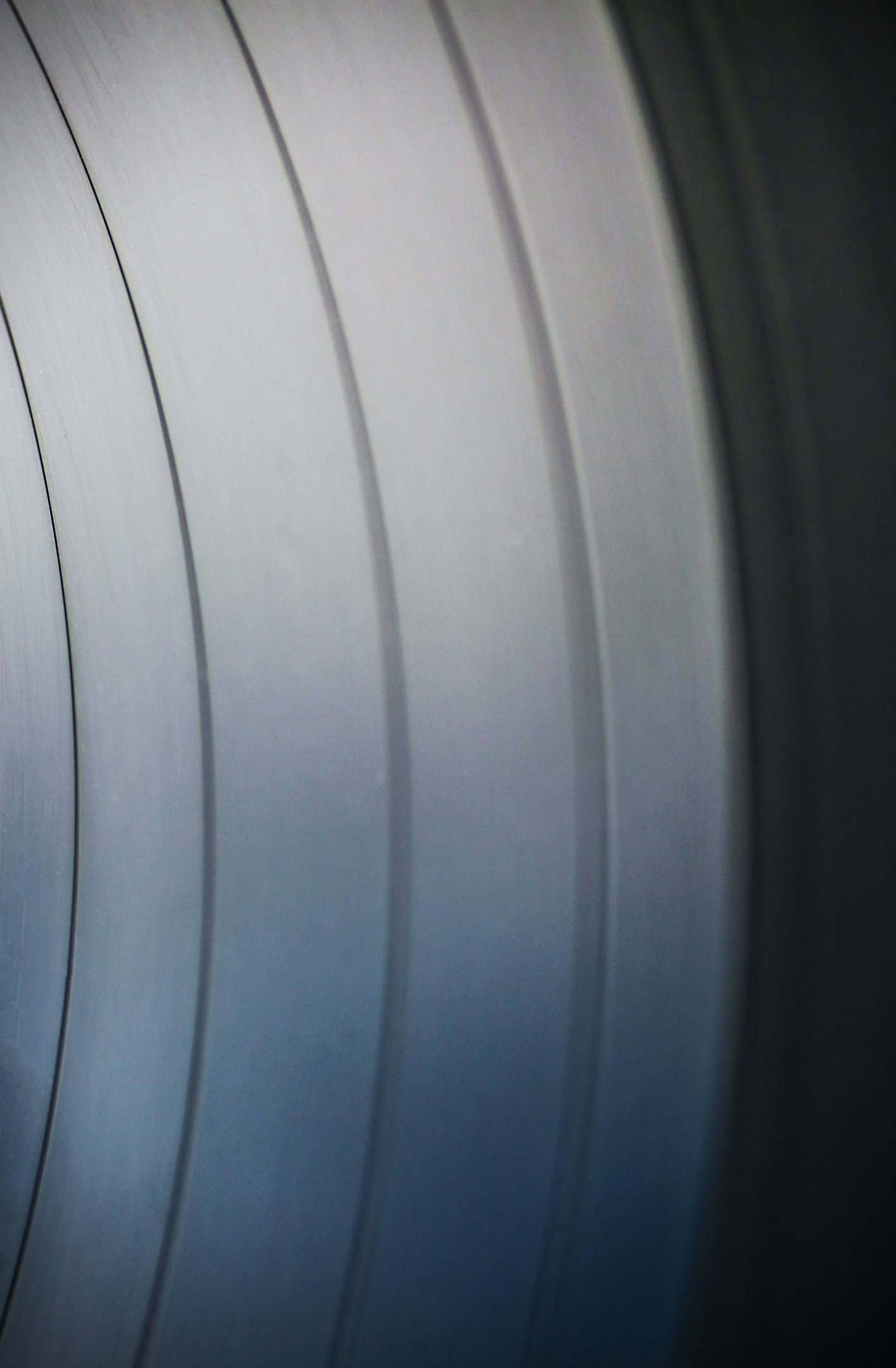
On the other hand, an elliptical stylus, with its larger contact area, can track more of the groove's details, offering a more precise sound reproduction, particularly noticeable in the higher frequencies.
The condition of the grooves also directly impacts the sound quality. Over time, dust, dirt, and even the natural oils from our hands can accumulate in the grooves, affecting the stylus's movement and leading to a loss in audio fidelity. That's why it's essential to handle vinyl records by the outer edge and maintain them properly.
The grooves on a vinyl record are the physical imprint of the music, and their shape and condition significantly affect the sound quality. The choice of stylus, which is responsible for reading these grooves, is therefore crucial for optimal sound reproduction.
How Stylus Shape Affects Record Groove Interaction
The stylus shape determines how it interacts with the record grooves. An elliptical stylus makes more contact with the groove walls, resulting in a higher fidelity sound but potentially causing more wear. Conversely, a conical stylus makes less contact, reducing wear but possibly missing some audio details.
Choosing the Right Stylus for Your Turntable
When choosing a stylus, consider the type of records you'll be playing, your turntable model, and your personal sound preferences. Remember that not all styli are universal; always check the manufacturer's specifications for compatibility.
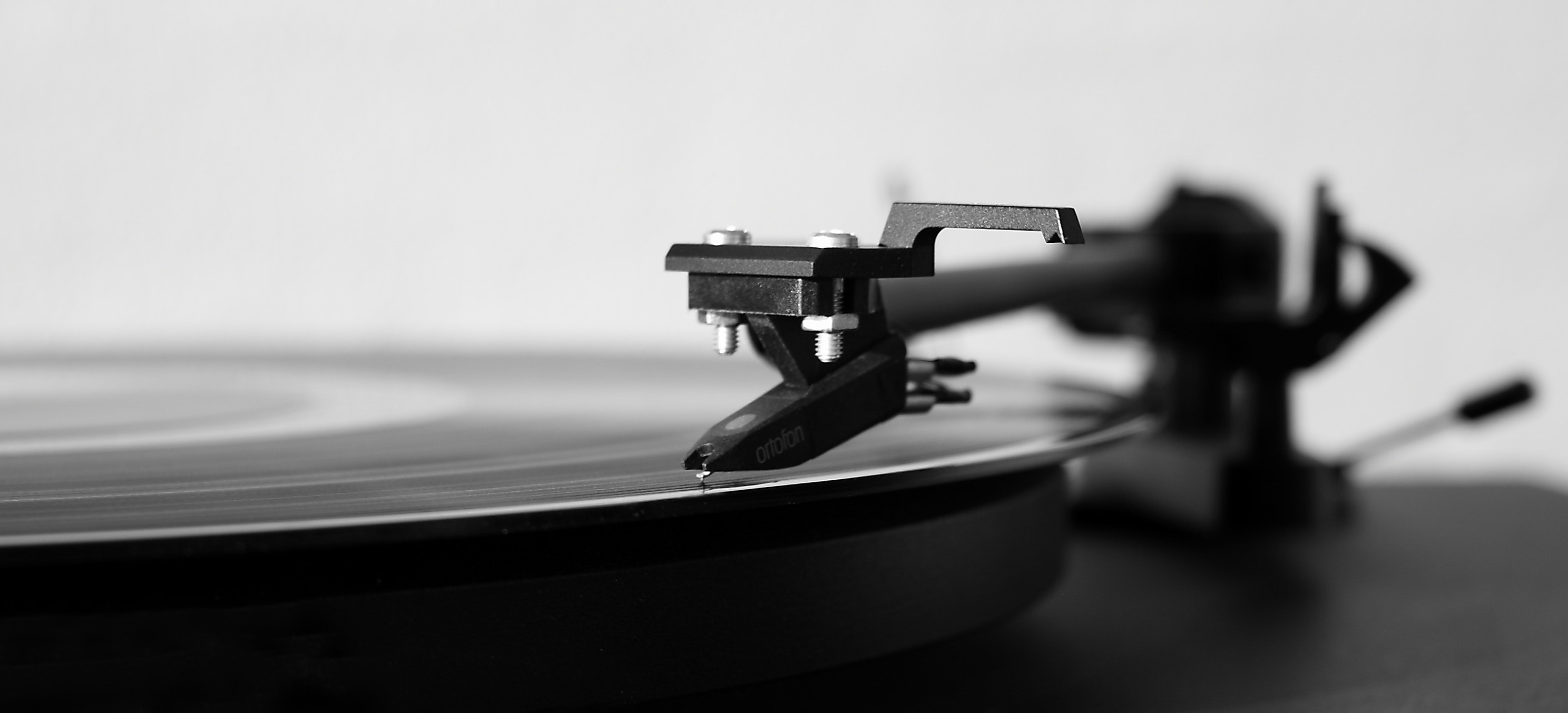
Price vs. Performance: Finding the Balance
While high-end styli made from high-quality materials offer superior sound, they can be expensive. Consider your budget and how much you're willing to spend for an upgrade in sound quality. Sometimes, a mid-range stylus can offer a significant improvement without breaking the bank.
Maintaining Your Stylus for Optimal Sound Quality
Regularly cleaning your stylus tip using a record brush is a crucial practice for any vinyl record enthusiast. The stylus, or needle, is the component of your turntable that makes direct contact with your records. As it navigates the grooves on your vinyl, it can accumulate dust and debris.
This accumulated foreign matter can affect the stylus's ability to accurately track the grooves on the vinyl, which in turn can degrade the sound quality.
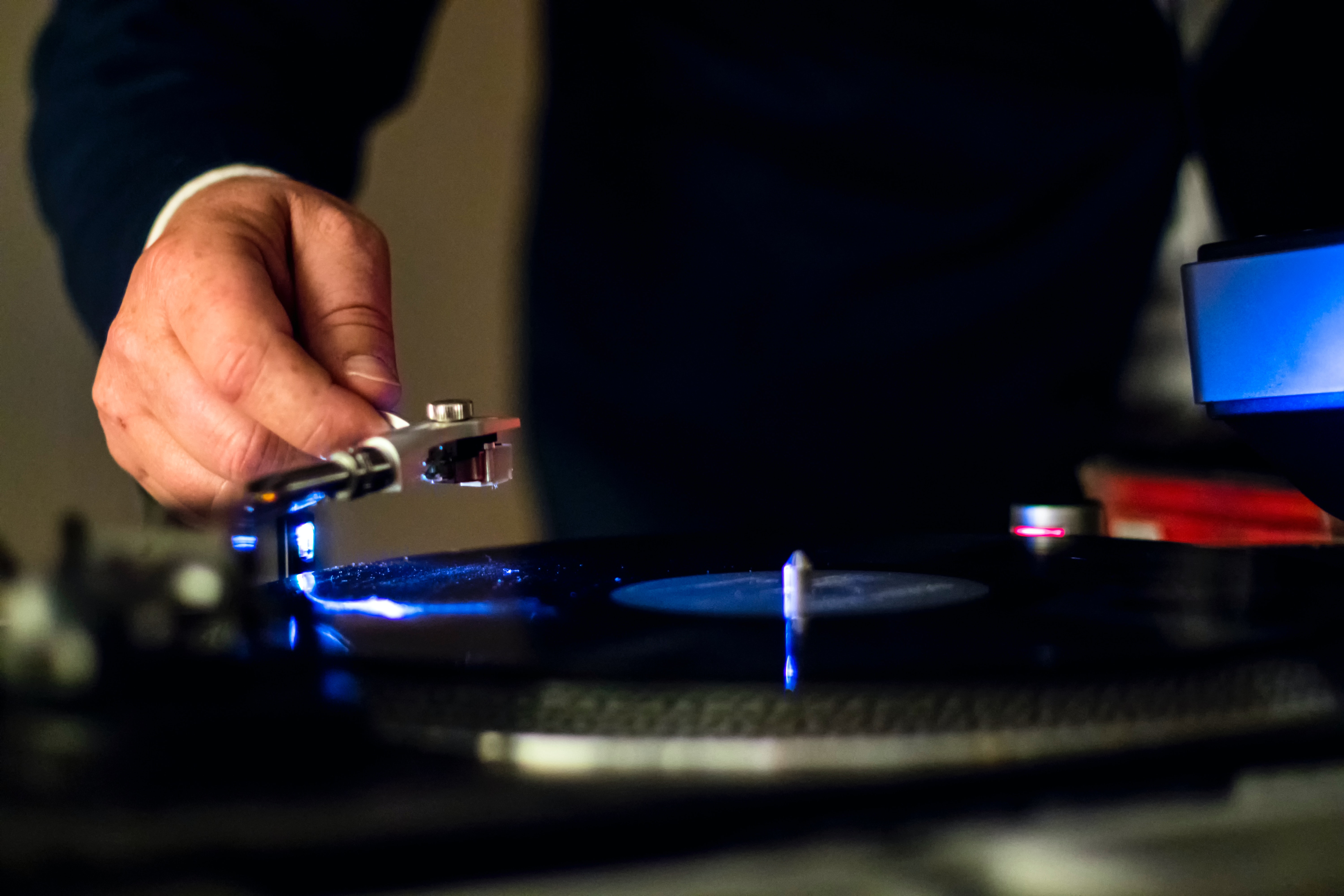
A dirty stylus can also cause physical damage to your precious vinyl records. The hard diamond tip of the stylus, when coated with dust or dirt, can act like sandpaper on the delicate vinyl grooves, causing wear and tear over time.
Regular cleaning of your stylus is vital not only for preserving sound quality but also for extending the life of your stylus and records. It is generally recommended to clean the stylus after every few plays, or even after each side if you're playing a particularly valuable or rare record.
Maintaining a clean stylus is an essential part of enjoying your vinyl collection. Regular cleaning not only enhances your listening experience but also protects your investment, ensuring that both your stylus and records continue to provide pleasure for years to come.
Replacing Your Stylus: When and Why
Most styli need to be replaced after about 1000 hours of playtime. However, this can vary depending on the stylus quality and how well it's maintained. Signs of a worn stylus include distorted sound or increased record wear.
Also check out: If you're looking to replace your turntable stylus, this comprehensive guide on Replacing Your Turntable Stylus from PrintYourVinyl might be just what you need.
Top Stylus Brands to Consider
Brands like Audio Technica offer a wide range of styli for different budgets and sound preferences. This diversity in their product line ensures that whether you're a casual listener or a discerning audiophile, you can find a stylus that fits your needs and budget.
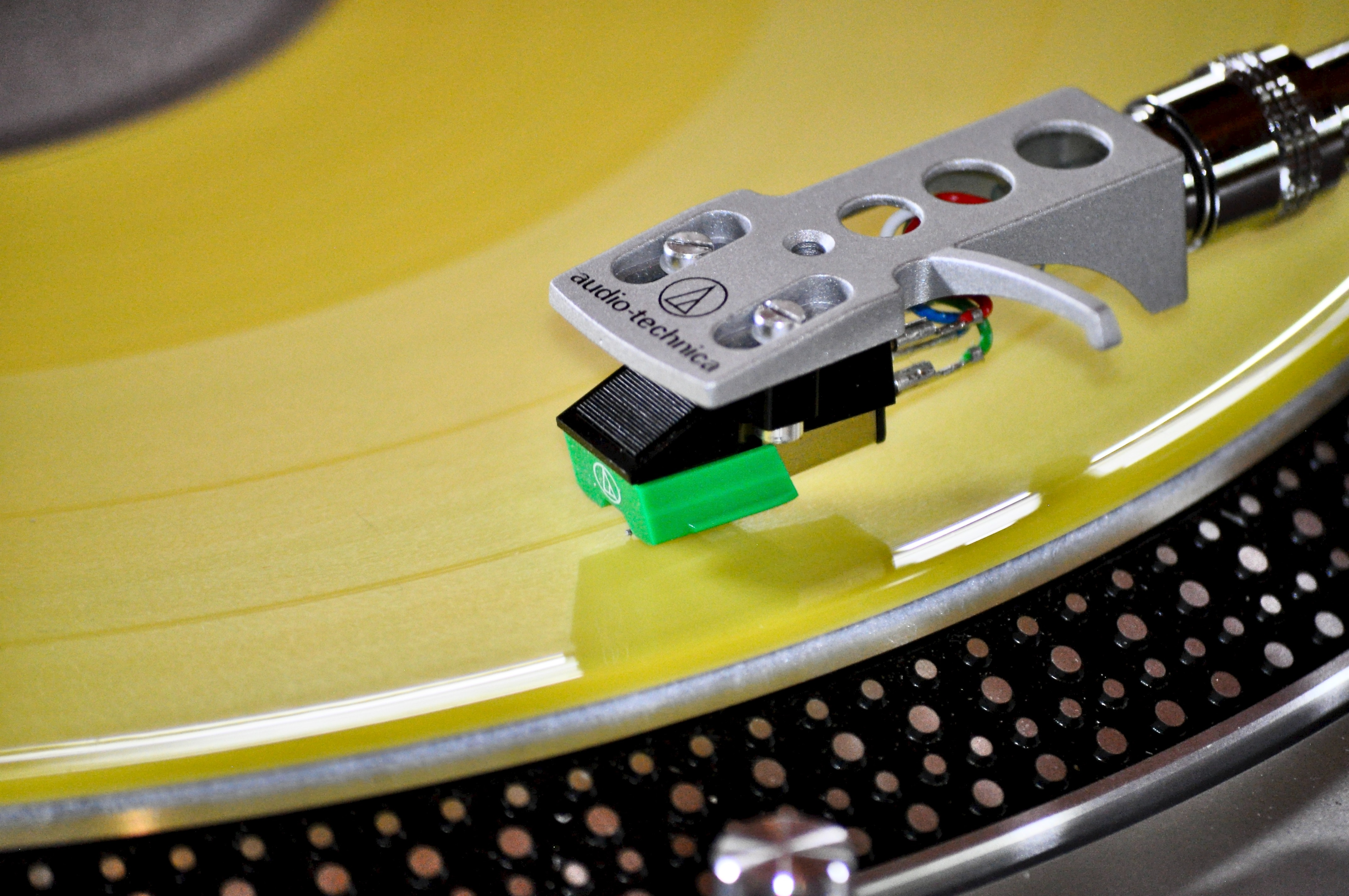
Buying from reputable manufacturers is crucial to ensure quality and authenticity. High-quality styli are made with precision and use superior materials, which not only enhance the sound quality but also minimize wear and tear on your precious vinyl records. Authentic products from reputable brands come with the assurance of quality control, customer support, and often a warranty.
Where to Buy Your Stylus
You can purchase replacement needles from various online stores or specialized audio retailers. The type of store you choose largely depends on your convenience, budget, and specific stylus needs. Some brands also sell replacement needles directly from their websites.
For instance, Crosley, a renowned name in the audio equipment industry, offers state-of-the-art diamond stylus replacement needles made of high-grade ABS plastic composites.
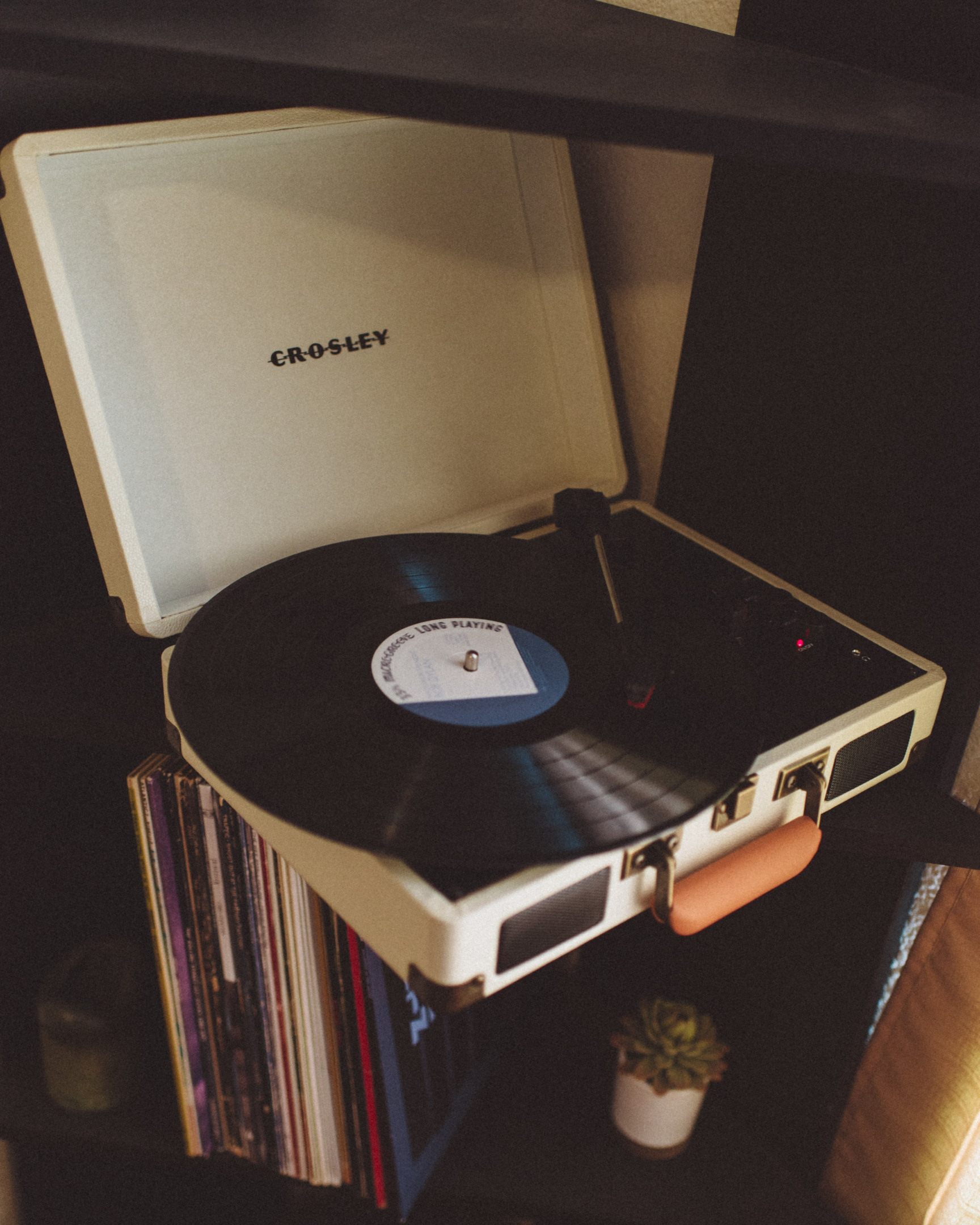
It's important to remember that not all record player needles are universal. Different turntables require specific types of styluses, and using the wrong one could potentially damage your records or impair sound quality. Therefore, it's recommended to check the compatibility of the stylus with your turntable model before making a purchase.
Also check out: Looking for a unique 50th birthday gift? If they're a music lover, consider finding other gift ideas such as customized vinyl records and make their milestone celebration truly memorable.
Conclusion
Get ready to crank up the volume on your music experience! Picking the perfect stylus for your turntable isn't just about making a choice, it's about orchestrating an audio symphony. Whether you go conical or elliptical, knowing when to switch it up is like having a secret backstage pass to the ultimate vinyl jam session. So, tune in, drop the needle, and let your records rock!
